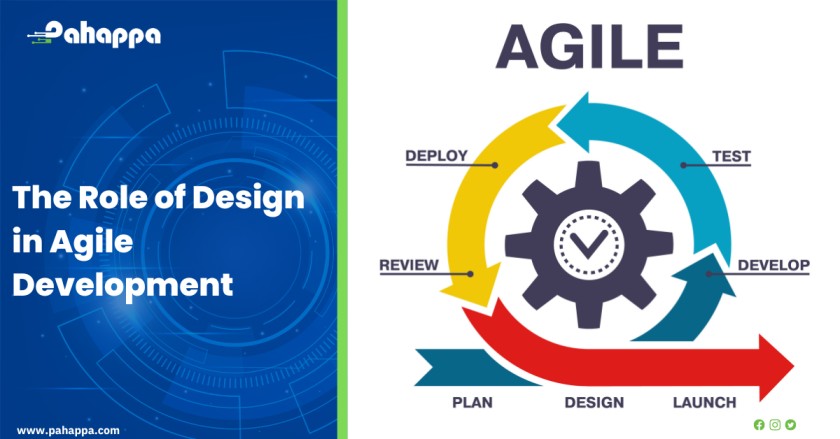Agile Development is a popular approach to software development that prioritizes flexibility, collaboration, and rapid iteration. In this approach, design plays a critical role in ensuring that the end product meets the needs of the end users, is visually appealing, and aligns with the brand identity. Designers work closely with the development team and end-users to create and refine designs in an iterative and collaborative process. From user-centered design to design standards and design thinking, the importance of design in Agile Development cannot be overstated. In this article, we will explore the key role that design plays in Agile Development and why it is essential for creating successful products.
What is Design in Agile Development?
In Agile Development, design is a collaborative and iterative process that involves creating, testing, and refining the user interface, user experience, and overall product design. Design is not a separate phase in Agile, but rather an ongoing process that occurs throughout the entire development cycle.
Design in Agile Development is focused on creating a user-centered product that meets the needs and preferences of the target audience. Designers work closely with developers and end-users to ensure that the product is intuitive, easy to use, and aesthetically pleasing. The design process involves frequent iterations and feedback loops to create and refine designs in a collaborative, iterative process.
Design in Agile Development also involves establishing and enforcing design standards that ensure consistency and quality across the entire product. This helps to ensure that the product is user-friendly, flexible, and adaptable to changing needs and requirements.
Overall, design in Agile Development is essential for creating a successful product that meets the needs of end-users. By incorporating design principles into the development process, teams can create products that are more user-friendly, flexible, and adaptable to changing needs and requirements.
Importance of Design in Agile Development
User-Centered Design
In Agile Development, the focus is on delivering a product that meets the needs of the end user. Design plays a crucial role in ensuring that the product is user-friendly, easy to use, and aesthetically pleasing. This involves understanding the target audience, their preferences, and their pain points. Designers work closely with the development team and end users to ensure that the product is designed with the end user in mind.
Iterative Design
Agile Development is an iterative and collaborative process, where the team is constantly working towards improving the product. Designers play a crucial role in this process, working closely with the development team to create and refine designs. This iterative process involves rapid prototyping, quick feedback, and continuous refinement to ensure that the end product meets the needs of the end user.
Design Standards
Design standards are essential in Agile Development to ensure consistency and quality across the entire product. Designers play a critical role in establishing and enforcing these standards, which helps to ensure that the product is user-friendly, easy to use, and aesthetically pleasing. These standards may include guidelines on typography, color usage, layout, and other design elements.
Design Thinking
Design thinking is a user-centered approach to problem-solving that is grounded in empathy, ideation, and prototyping. In Agile Development, designers apply this approach to create products that meet the needs of the end users. Design thinking involves understanding the user’s needs, defining the problem, ideating potential solutions, prototyping, and testing. This approach helps to ensure that the end product is user-friendly, easy to use, and aesthetically pleasing.
Flexibility and Adaptability
Agile Development is a flexible and adaptable approach to software development. Designers play a critical role in ensuring that the product is designed with flexibility and adaptability in mind. This involves creating designs that can easily evolve and adapt to changing needs and requirements. Designers work closely with the development team to ensure that the product is designed with scalability, modularity, and extensibility in mind.
Brand Identity
Design plays a significant role in establishing the brand identity of a product. In Agile Development, designers work closely with the marketing team to ensure that the product is designed in a way that aligns with the brand values and messaging. This involves creating a consistent visual language and design elements that are unique to the brand.
Usability Testing
Designers are responsible for conducting usability testing to ensure that the product is user-friendly and easy to use. This involves creating user scenarios, testing the product with end-users, and analyzing the results. By conducting usability testing, designers can identify any design flaws or usability issues and make the necessary adjustments.
Design is a crucial component of Agile Development, and it plays a key role in ensuring that the end product meets the needs of the end users and aligns with the brand identity. By incorporating design principles into the Agile Development process, teams can create successful products that meet the needs and preferences of the end users. Contact us today for professional software development services.











